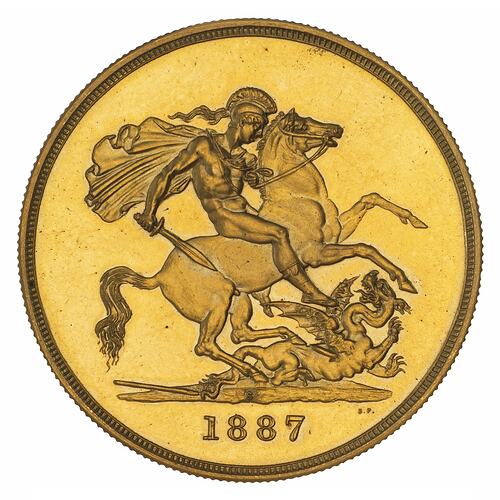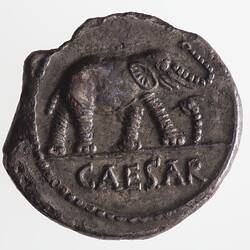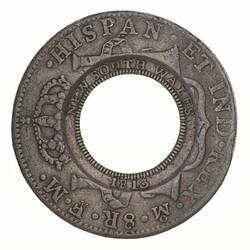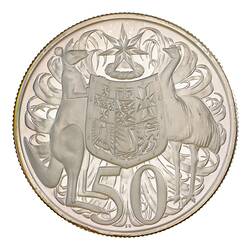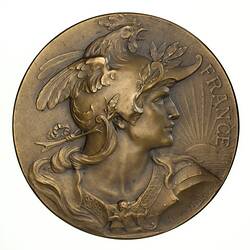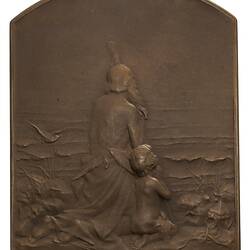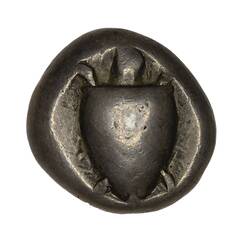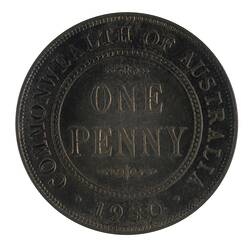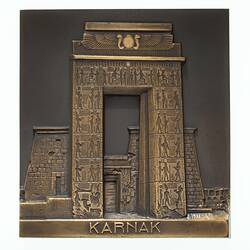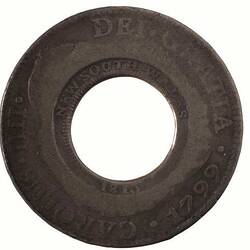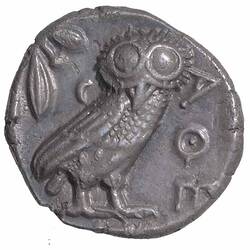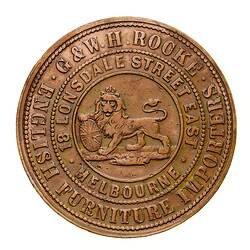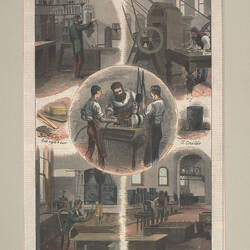Numismatics - the collection and study of coins, tokens and medals - was amongst the earliest public collections in Victoria and part of the 1861 Victorian Exhibition on William Street, Melbourne.
The numismatics collection was initially managed by the National Gallery of Victoria. It was transferred to the Science Museum, now part of Museums Victoria, in 1976.
Over the decades, curators, including the artist Eugene von Guerard and collector Alfred Chitty, vastly expanded the collection. The collection became significant world-wide when the historic collection from the Melbourne Branch of the Royal Mint was transferred in 1978. Curator John Sharples enhanced the documentation and storage of the collection from 1976 until 2001, while acquiring important additions from public auctions, private donations and the Royal Australian Mint in Canberra.
Today, Museums Victoria's numismatics collection is the most important of its kind in Australia. It has extensive collections of ancient Greek and Roman coins, British coins, Australian commemorative, art and military medals, British medals, French art medals, and lead cast coin copies, known as electrotypes. Its emphasis on British and Mediterranean countries and culture stems from the early years of the collection, when Victorian colonists reflected and championed their European heritage.
The Museum's collection of Australian coins is the most significant in the world and is particularly strong in high quality and specialised proofs, patterns and specimens.
More Information
-
Keywords
-
Authors
-
Article types
